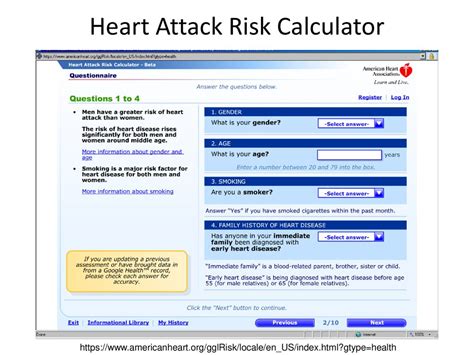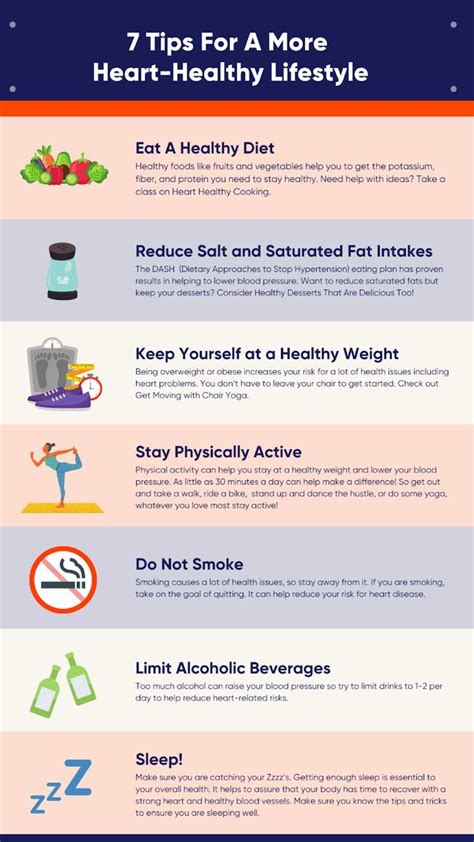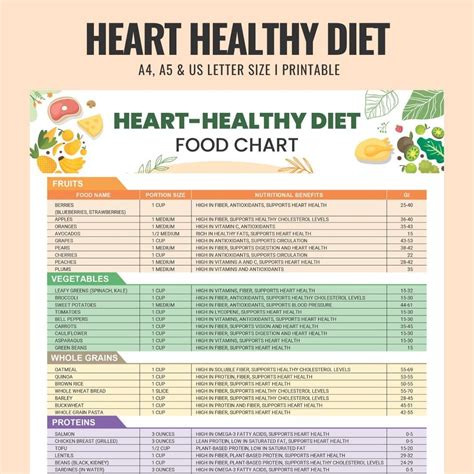Intro
Take control of your heart health with our expert-approved heart attack risk calculator. Assess your risk factors, including high blood pressure, high cholesterol, and family history, to determine your likelihood of experiencing a heart attack. Learn how to lower your risk and prevent cardiovascular disease with personalized recommendations.
The threat of heart disease looms large over many of us, and understanding our risk of having a heart attack is crucial in taking preventive measures. While it's impossible to predict with certainty, a heart attack risk calculator can provide valuable insights into our likelihood of experiencing a cardiac event. In this article, we'll delve into the world of heart attack risk calculators, exploring their mechanisms, benefits, and limitations.
A heart attack risk calculator is a tool designed to estimate an individual's probability of having a heart attack within a specified time frame, usually 10 years. These calculators use a combination of factors, including age, sex, blood pressure, cholesterol levels, smoking status, and diabetes status, to generate a risk score. This score can help individuals identify their risk level and take necessary steps to mitigate it.

How Heart Attack Risk Calculators Work
Heart attack risk calculators rely on complex algorithms that take into account various risk factors. These factors are typically divided into two categories: modifiable and non-modifiable. Non-modifiable factors, such as age and sex, cannot be changed, while modifiable factors, like blood pressure and cholesterol levels, can be influenced through lifestyle changes and medical interventions.
The most commonly used risk calculator is the Framingham Heart Study Risk Assessment Tool, which was developed based on data from the Framingham Heart Study, a long-term cardiovascular study that began in 1948. This tool assesses an individual's risk of developing cardiovascular disease, including heart attacks, over a 10-year period.
Risk Factors Used in Heart Attack Risk Calculators
Heart attack risk calculators consider the following risk factors:
- Age: Risk increases with age, especially after 45 for men and 55 for women.
- Sex: Men are generally at higher risk than women, especially before the age of 55.
- Blood pressure: High blood pressure (hypertension) increases the risk of heart attack.
- Cholesterol levels: High levels of low-density lipoprotein (LDL) cholesterol and low levels of high-density lipoprotein (HDL) cholesterol increase the risk.
- Smoking status: Smoking significantly increases the risk of heart attack.
- Diabetes status: Having diabetes increases the risk of heart attack.
Benefits of Heart Attack Risk Calculators
Using a heart attack risk calculator can have several benefits:
- Identifies high-risk individuals: By calculating an individual's risk score, healthcare providers can identify those who are at high risk of experiencing a heart attack and take preventive measures.
- Encourages lifestyle changes: Knowing one's risk score can motivate individuals to make lifestyle changes, such as quitting smoking, exercising regularly, and eating a healthy diet.
- Informs treatment decisions: Healthcare providers can use risk scores to determine the best course of treatment, including medication and lifestyle interventions.

Limitations of Heart Attack Risk Calculators
While heart attack risk calculators are valuable tools, they have limitations:
- Oversimplification: Risk calculators simplify complex risk factors and may not capture all the nuances of an individual's risk profile.
- Lack of personalization: Calculators may not account for individual differences in risk factors, such as genetic predispositions.
- Limited predictive value: Risk calculators are not perfect predictors of heart attacks, and some individuals may experience a heart attack despite having a low risk score.
Practical Applications of Heart Attack Risk Calculators
Heart attack risk calculators have several practical applications:
- Primary prevention: Identifying high-risk individuals and taking preventive measures can reduce the risk of heart attack.
- Secondary prevention: In individuals who have already experienced a heart attack, risk calculators can help determine the likelihood of a subsequent event.
- Research: Risk calculators can be used in research studies to identify high-risk populations and evaluate the effectiveness of interventions.
Conclusion and Call to Action
Assessing your heart attack risk is a crucial step in maintaining cardiovascular health. By using a heart attack risk calculator, individuals can gain valuable insights into their risk profile and take proactive steps to mitigate their risk. While these calculators have limitations, they remain a valuable tool in the prevention and management of heart disease.

We encourage readers to consult with their healthcare providers and use a heart attack risk calculator to assess their risk. By taking control of our cardiovascular health, we can reduce our risk of heart attack and live healthier, longer lives.
Frequently Asked Questions
What is a heart attack risk calculator?
+A heart attack risk calculator is a tool that estimates an individual's probability of having a heart attack within a specified time frame, usually 10 years.
What risk factors are used in heart attack risk calculators?
+Heart attack risk calculators consider age, sex, blood pressure, cholesterol levels, smoking status, and diabetes status.
How accurate are heart attack risk calculators?
+Heart attack risk calculators are not perfect predictors of heart attacks, but they can provide valuable insights into an individual's risk profile.
